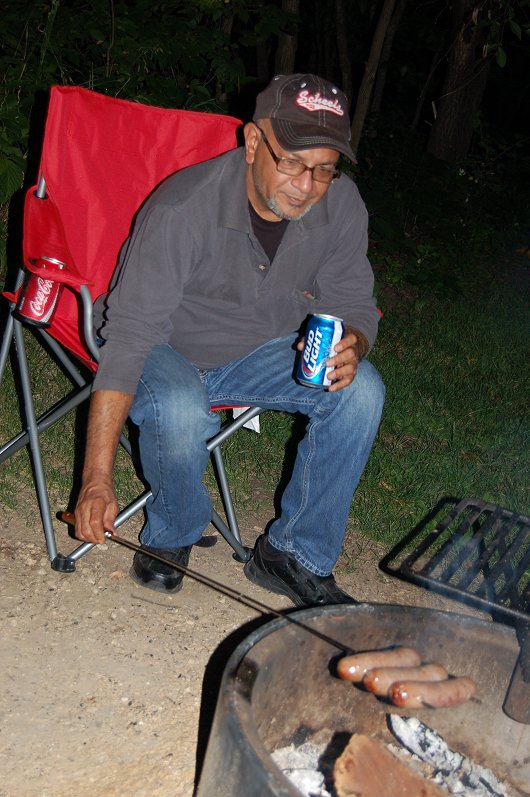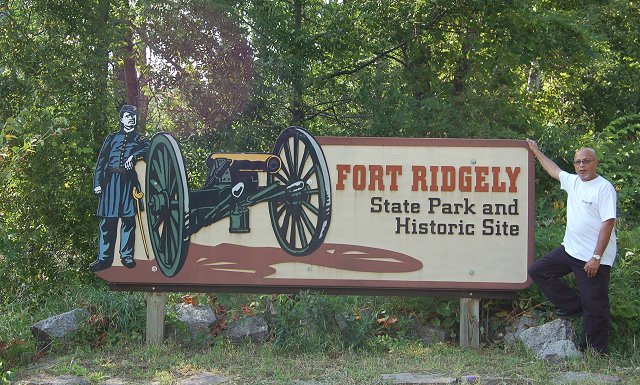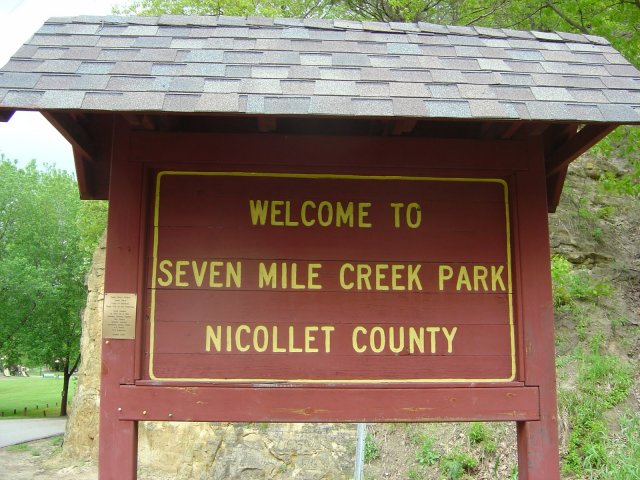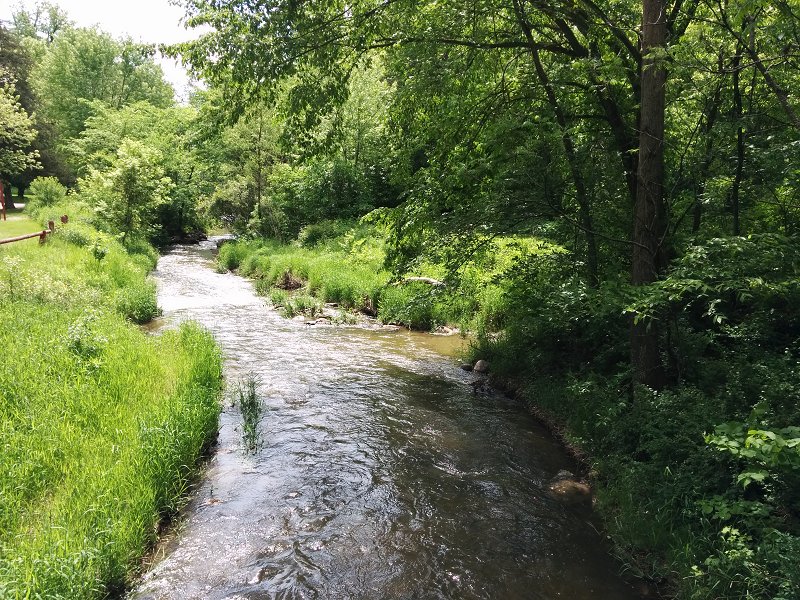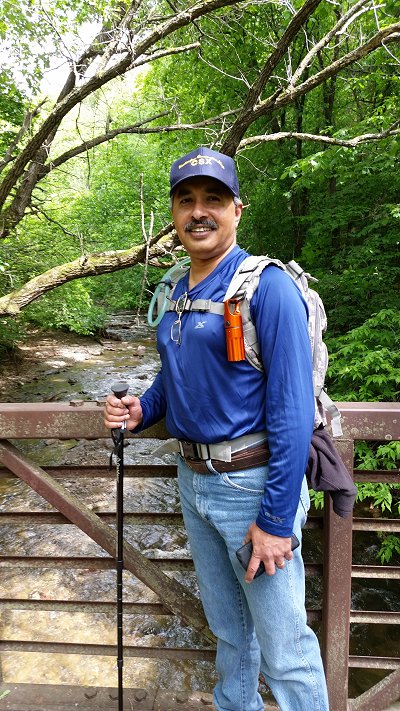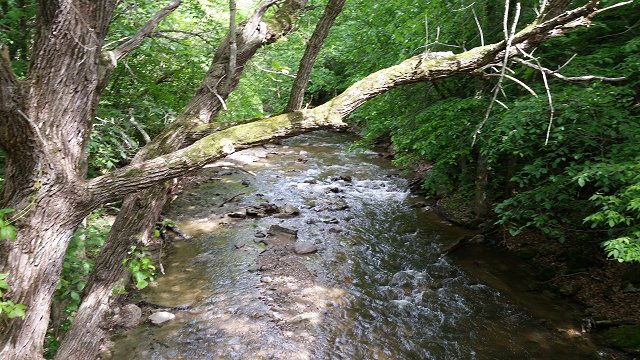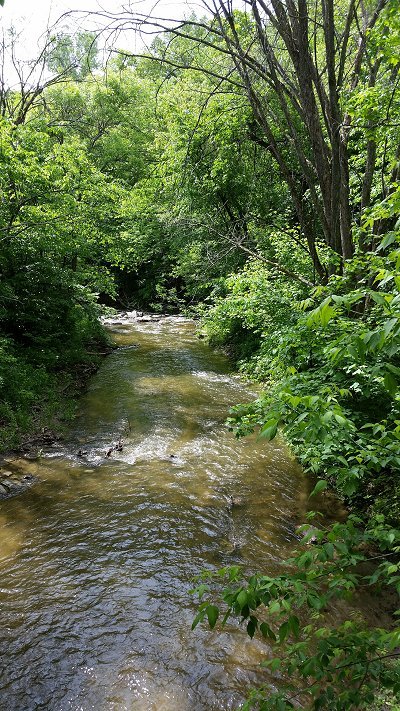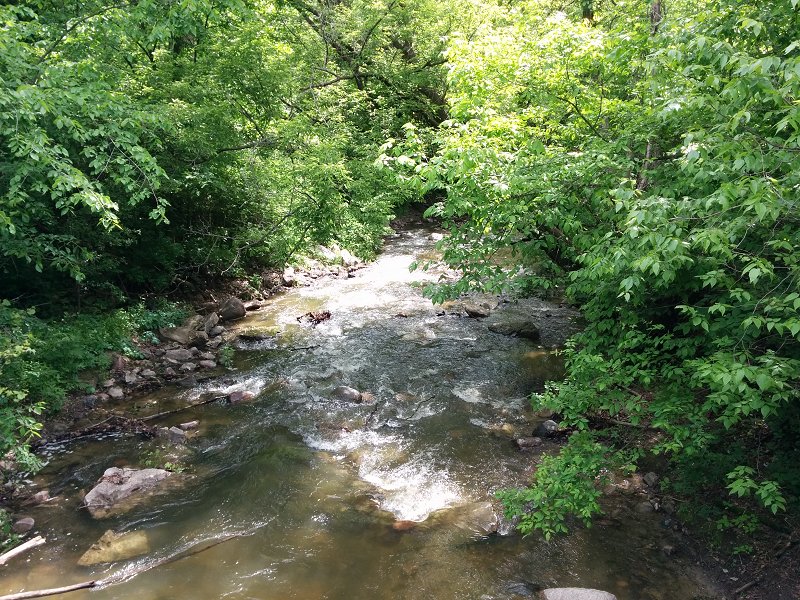On Sunday, the 5th of July, the weather forecast called for a very hot and humid day.
So we decided to start early in the morning. We met up at 6 am and headed out to
Sakatah State Park.
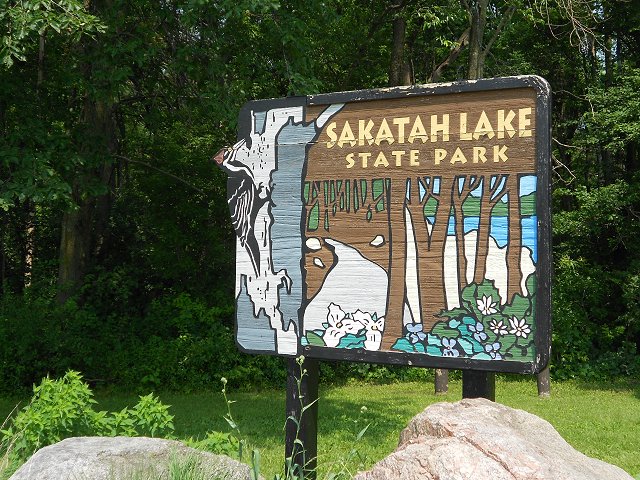 Sakatah State Park
Sakatah State Park
During early historic times, members of the Dakota Nation, Wahpekute (Wapacoote) band, inhabited the area that today is the park. These people lived by hunting, gathering and trapping. They named the place Sakatah, which translates to “Singing Hills”, hence the name for the state trail. The Cannon and other area rivers served as an important Indian water route between southcentral Minnesota and Wisconsin. The “Big Woods” made land travel difficult and a water route allowed larger loads. Numerous trading posts and Indian villages existed along the route. Several burial mounds were discovered in the late 1800’s and can still be seen in the park. A village site is believed to have existed in the area of the point separating Upper Sakatah and Lower Sakatah lakes. In 1826 the trader Alexander Faribault established a trading post on the northeast shore of Cannon Lake, near present day Faribault. This is thought to be the fist permanent white settlement in the area. He eventually established at least five other trading posts at various points along the Cannon River. One of these is likely to have been in the park, along Sakatah Lake. The railroad played an important role in opening up the country to settlement. Although the route was surveyed in the late 1870’s, none of the actual work was done until the spring of 1882. The railroad was completed from Faribault to Waterville that same year by the Cannon Valley Company, and four years later the tracks reached Mankato. Electric passenger trains and steam freight trains both used the Mankato to Faribault segment, stopping at various points including Waterville and Elysian. The Chicago and Northwestern Railroad abandoned the line in the early 1970’s because of competition with other forms of transportation. The state purchased the right-of-way, and established the state trail that you see running through the park today
Info from here: http://files.dnr.state.mn.us/maps/state ... k00256.pdf
 We are here
We are here
We parked the car and walked down to the lake.
At this time of day, there was very little breeze and the lake looked like a sheet of glass.
I stopped for a while to soak up the peace and quiet, surrounded by nothing but the sound of birds.
 ..like a sheet of glass
..like a sheet of glass
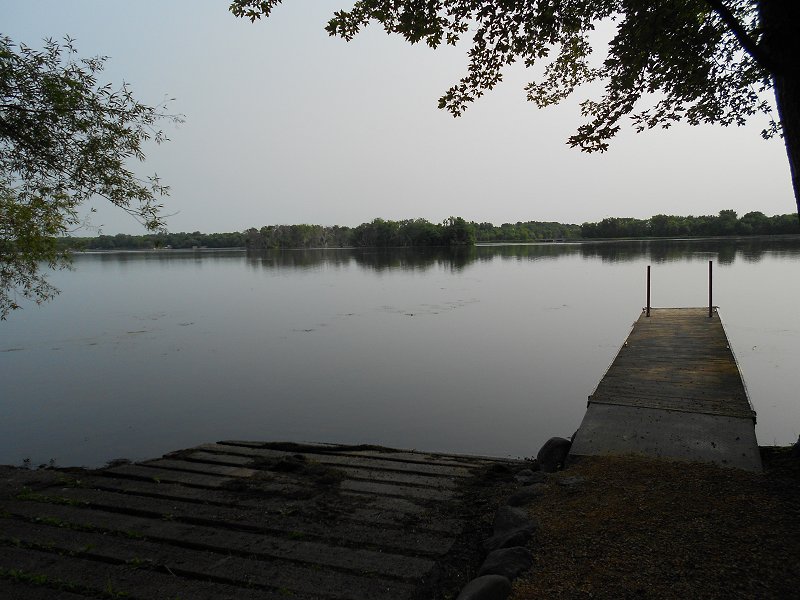 Most people seem to use this park for its boat landing.
Most people seem to use this park for its boat landing.
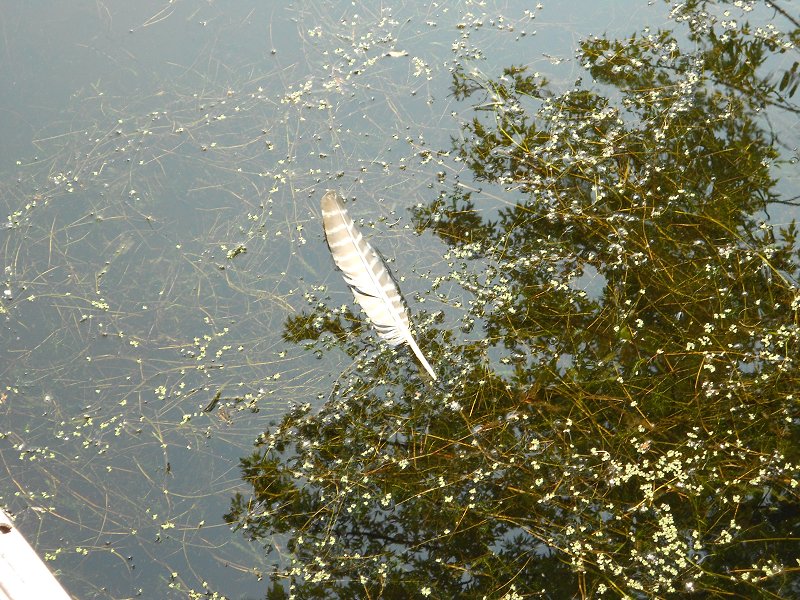 An feather rests gently on the surface.
An feather rests gently on the surface.
Sakatah is a relatively small park and encompasses 820 acres.
They don’t have very many miles of trail. Some of the trail follows the shoreline of the lake and is a pleasant walk.
What we did find is that this park’s hiking trails are not used very much and were therefore rather overgrown.
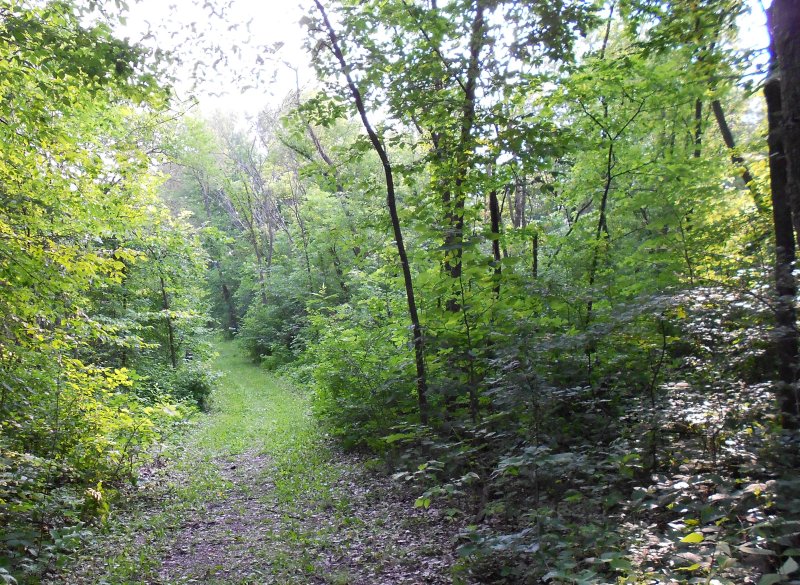 The start of one of the trails
The start of one of the trails
The start of each trail looked good but in a short while the trees and brush closed in and there was a constant fight with spider webs that stretched across the trail.
I was able to use my hiking stick to clear most of them but after the sun went up a little higher, it was impossible to see them.
Interesting flora grew by the side of the trail.
Shaking one plant produced a shower of very fine pollen like smoke on the wind.
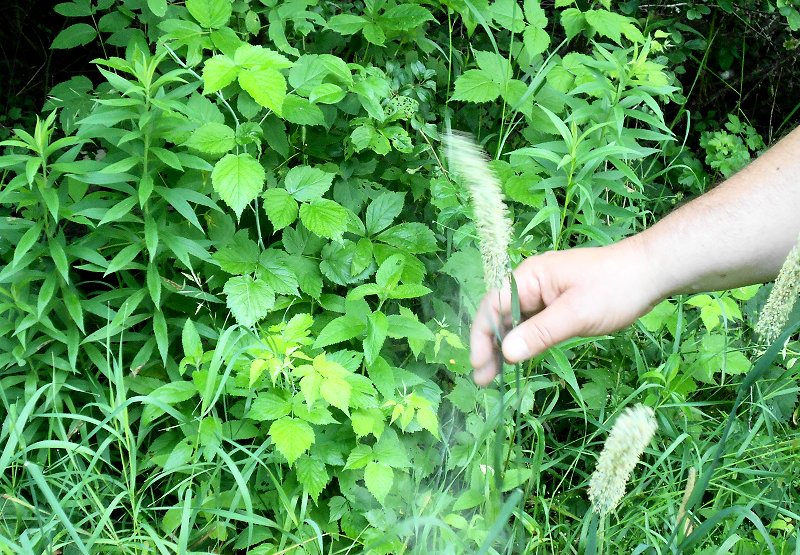 …smoke on the wind
…smoke on the wind
The Sakatah Singing Hills bicycle trail crosses through the park and our trail intersected it a few times.
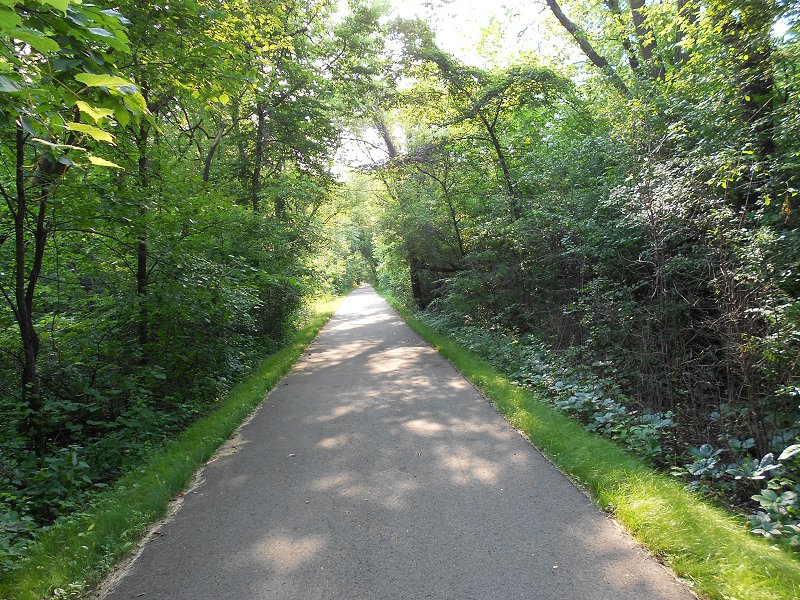 The bicycle trail
The bicycle trail
By about 10:30 am we had covered all the trails in this park and went over the the picnic area to prepare lunch.
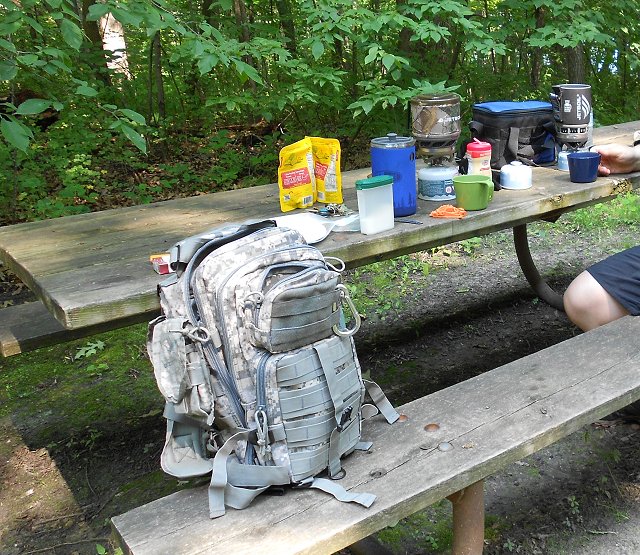 Setting up to make lunch.
Setting up to make lunch.
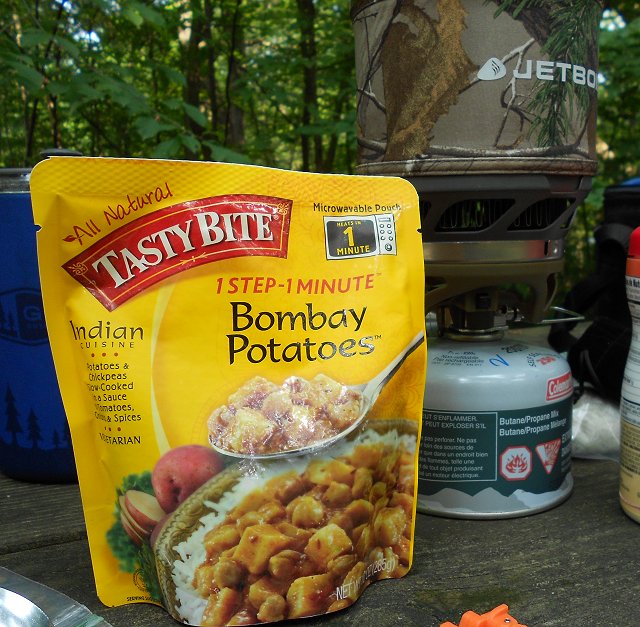 Bombay Potatoes
Bombay Potatoes
 Bombay Potatoes on Basmati
Bombay Potatoes on Basmati
Pleasantly full and well excercised, we were out of the park and on the way home by 11:30 am.
“Never give in, never give in, never; never; never; never – in nothing, great or small, large or petty – never give in except to convictions of honor and good sense” — Winston Churchill, Oct 29, 1941








